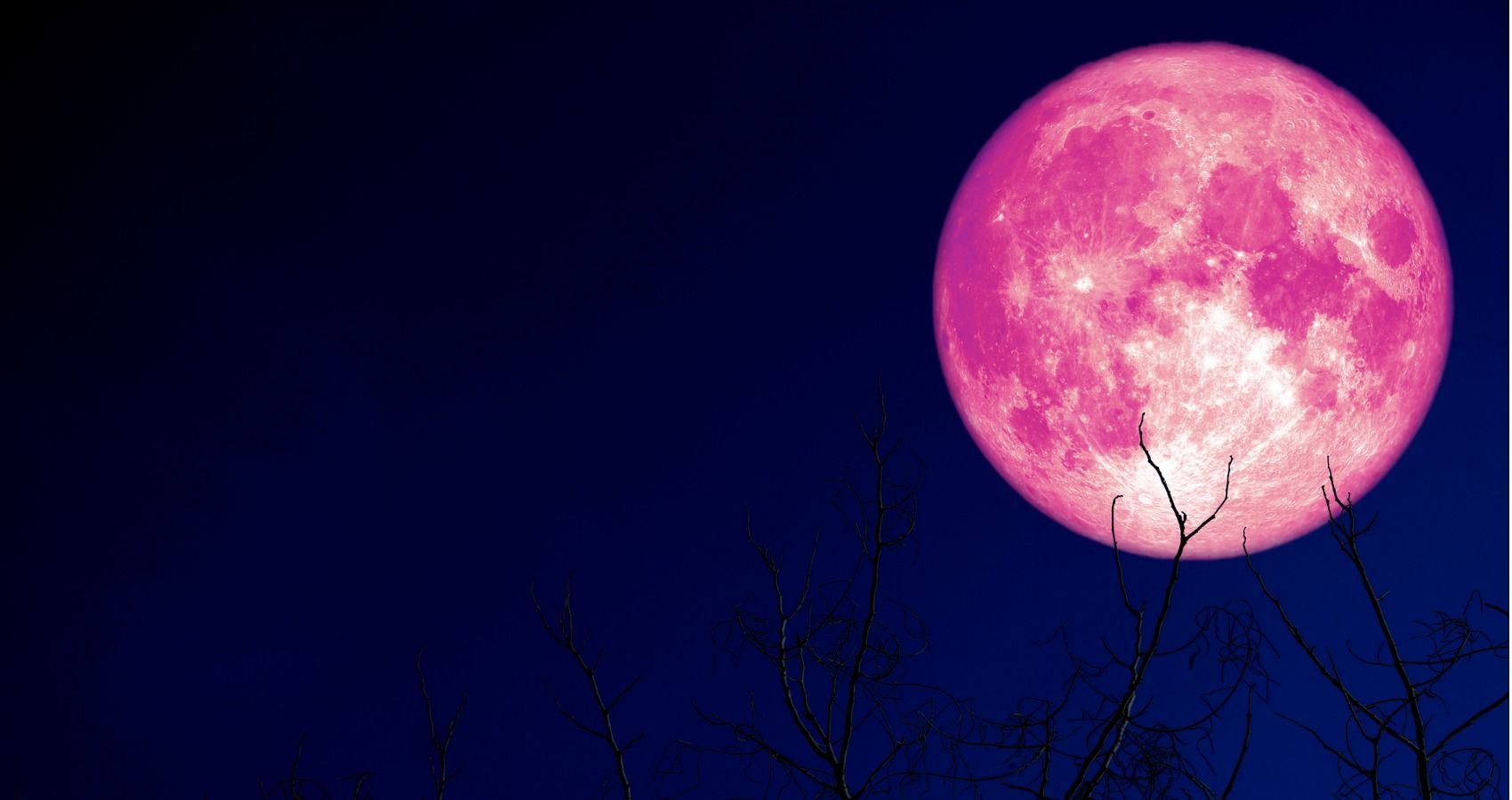Tonight marks the final full moon of the season, and what some call the "midsummer strawberry moon." While some people think the full moon is named the strawberry moon because of it's color, it's actually named because it occurs during strawberry season.
According to Forbes, although the strawberry moon was somewhat visible throughout the weekend, if you want to get yourself the best glimpse of this full moon you should direct your gaze skyward tonight when it will be "99.8%-100% full." The magazine notes that what makes the strawberry moon, known also as a Mead Moon, Honey Moon, and Rose Moon special, is that it rises very late in the day, and doesn't appear for long. "In the northern hemisphere, it’s the latest rising full moon of the year. We are now very close to the longest days and shortest nights of the year, so tonight the late-rising full moon will shine for the shortest amount of time of any moon this year."
Which means if you want to catch a glimpse of this full moon, you better be prepared. The full moon appears when the Earth is positioned between the sun and the moon. Forbes reports these are the best times to catch the strawberry moon in these locations.
8:54 (New York City)
9:01 (Washinton D.C.)
8:55 (Chicago)
9:00 (Denver)
8:12 (Phoenix)
8:39 (Los Angeles)
10:33 (Juneau)
7:55 (Honolulu)
You can check timeanddate.com for your specific location as well.
This is a great time of the year for those who love to star and moon gaze. In addition to the strawberry moon, KTVU reports that Jupiter will also be "particularly bright and visible during this time as a result of its unusually close proximity to the Earth."
NASA also explained that for some people in Europe, the strawberry moon may actually give off a red, strawberry color tint. "When the Sun appears highest in the sky near the summer solstice, the full Moon opposite the Sun generally appears lowest in the sky. Particularly for Europe's higher latitudes, the full Moon nearest the summer solstice shines through more atmosphere than at other times of the year. This can give the full Moon a reddish or rose color (for much the same reasons that a rising or setting Sun appears red)."
Read Next: How Changes In The Moon Affects Pregnancy & Labor, Explained

